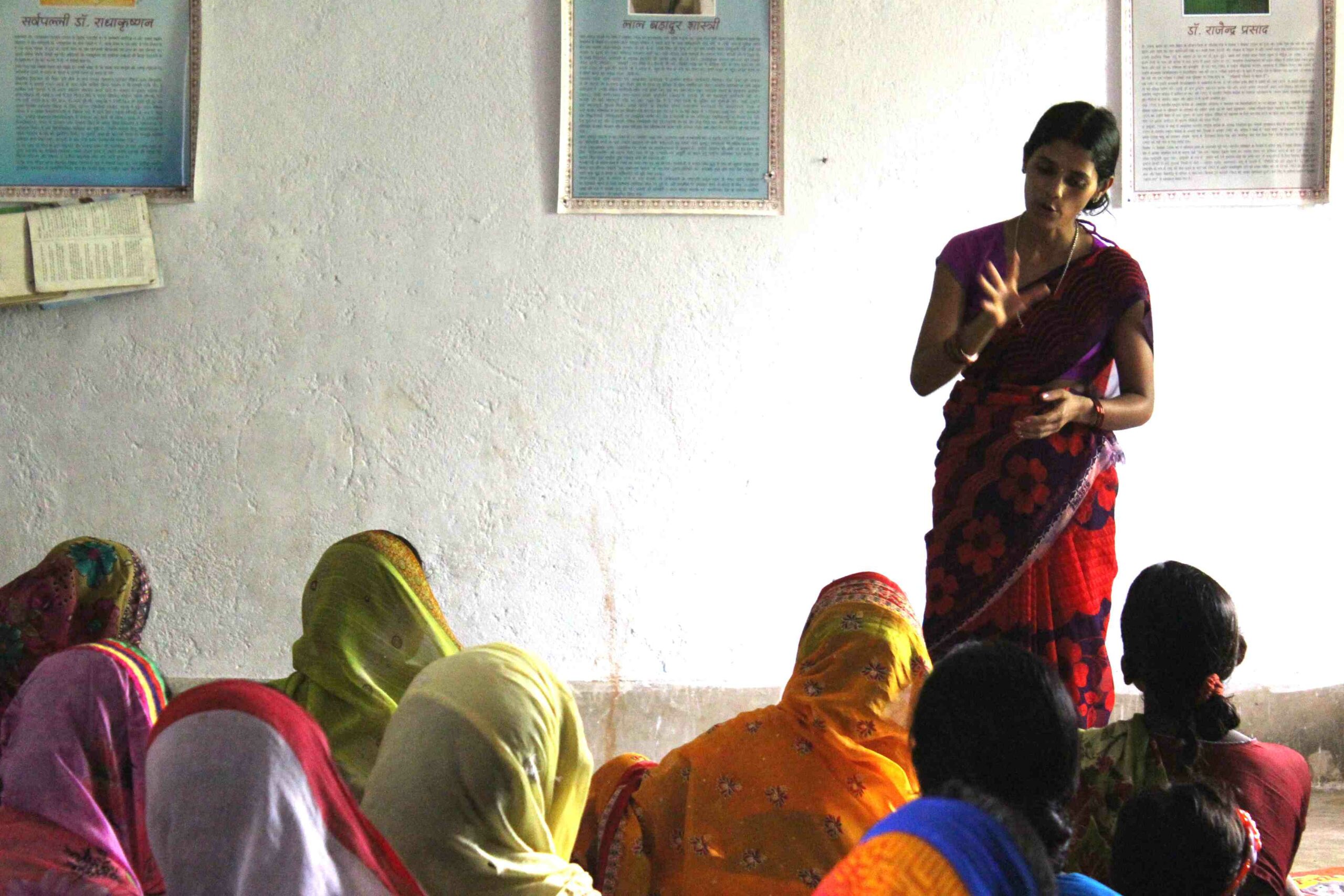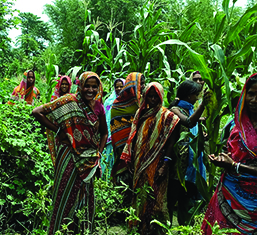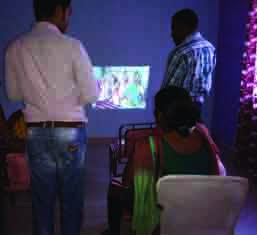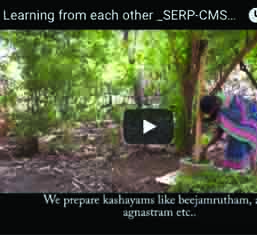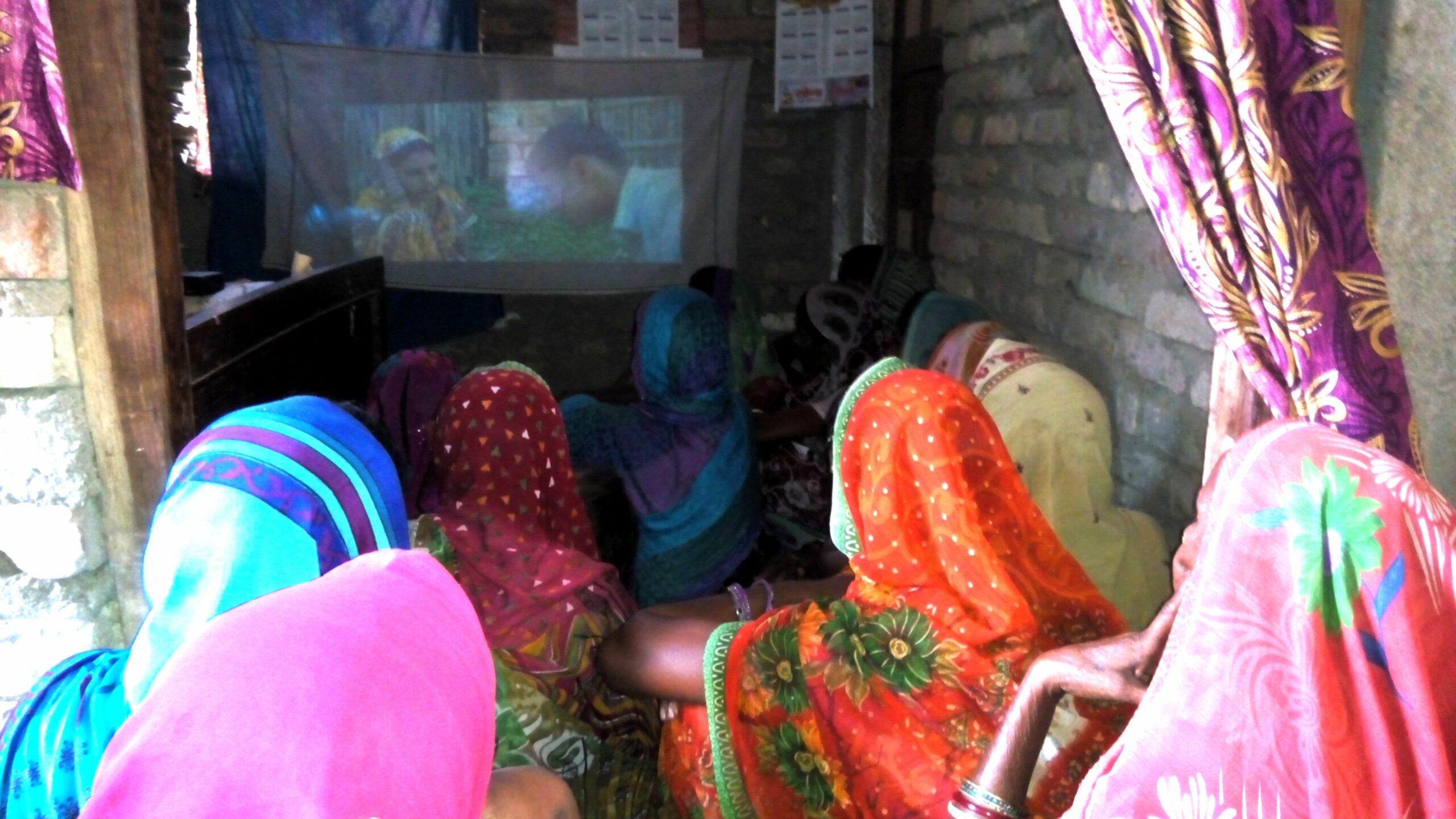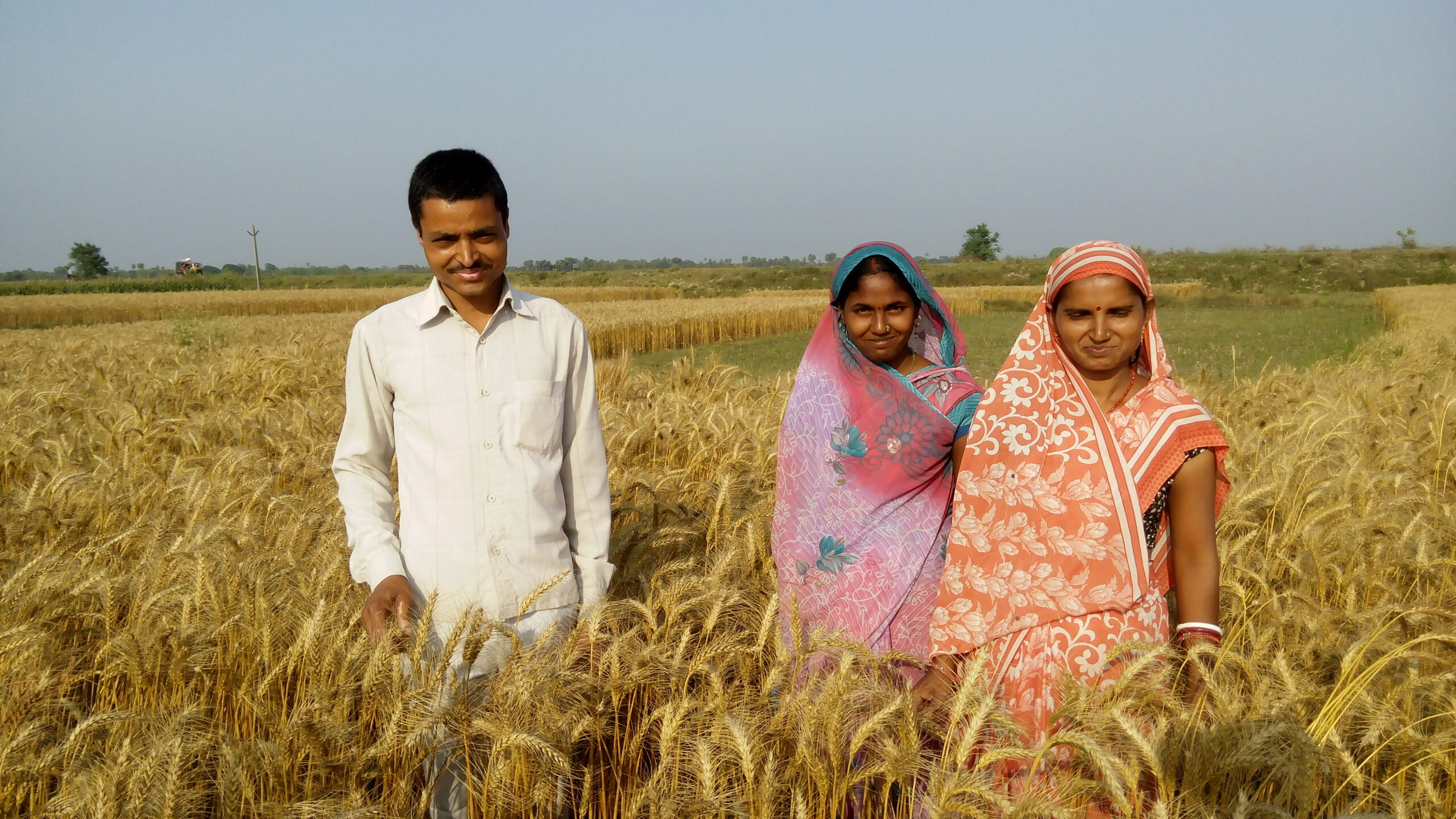Safiya Yakubu, 28, lives with her husband in Jikata, Niger since they got married in 2004. They are both farmers and have four children. Their eldest child is a 11-year-old boy named Naziru and their youngest is Youssoufa who is just 3 months old.
Safiya is proud to share that her two eldest children Naziru and Rahina attend primary school. A curious and energetic person herself, Safiya could not go to school since her family was poor, with little access to basic social amenities.
“Digital Green videos are my formal school classes now,” she shares.
“I feel empowered every time I watch a Digital Green video because I learn something new that is vital to my own and my familys health,” she adds.
Digital Green and Strengthening Partnerships, Results, and Innovations in Nutrition Globally (SPRING) of USAID are reaching more than 1,600 households in 20 villages of Guidan Roumdji and Aguie communes of Maradi region to spread awareness about Maternal Infant and Young Child Nutrition (MIYCN) practices since the beginning of 2015 as part of a one year pilot project supported by SPRING.
Sitting happily in her arms is her fourth child Youssoufa who at 3 months displays the signs of a healthy baby. The luckiest among my children is Youssoufa as I started watching the videos in March 2015, few month before I delivered Youssoufa. She is also the happiest and healthiest, says Safiya. I delivered my first three in darkness, with no knowledge about hygiene, health and nutrition, she adds.

Since March 2015 and until November the same year Safiya had watched videos on importance of first 1000 days, hand washing, responsive feeding, exclusive breastfeeding, complementary feeding, need for good nutrition for women and prevention and treatment of diarrhea.
Since there was no health centre in their village, after watching the message about consulting health workers during pregnancy in one of the videos, Safiya convinced her husband to go to the neighboring village called Guidan Daweye, 9 kms away, to consult a health worker for the first time in her life. Though the journey was on a cart through difficult desert terrain and very tiring, Safiya was excited. I got some medicines and advice from the health worker on my first visit to a health center, she shared. Safiya went back the second time to Guidan Daweye for a safe institutional delivery of Youssoufa.
The second Digital Green video Safiya watched was on hand washing. She adopted this practice immediately by installing a tippy tap near her toilet. I never cared about washing hands, but after watching this video, I changed my behavior.

Safiya noticed some positive change in her life after adopting this practice, such as less frequent stomach problems. My children too dont suffer from diarrhea like in the past, she adds.
The video on Exclusive Breastfeeding was also a hit with Safiya. Youssoufa, her newborn is the first to be exclusively breastfed among all her children. In our tradition, we have to wait for an old woman, usually the grandmother from the husbands side to come test the breast milk to see whether it is in good condition or spoiled. They test it by pouring a little on a very hot metal object, she shares. This was the reason why her first three children could not benefit from the colostrum.

Fortunately, for Youssoufa, I watched the videos on exclusive breastfeeding before I delivered him. I gave him the colostrum as I had learnt in the video that it is the first vaccination for a child, shares Safiya. Youssoufa is looking healthy and happy, he does not need to be encouraged to smile, he smiles very often and his smiles make me happy, adds the proud mother. I understand that mothers milk does not spoil and does not need to be tested before giving it to a child based on the video I watched, she adds. Safiya promises to continue exclusive breastfeeding for Youssoufa till he is 6 months old.
Safiya also watched the video on Complementary Feeding and dietary diversity where she learnt how to prepare a varied diet for her family. This has helped in bringing about a positive change in my familys life as well. My family eats better now and have more appetite than before, she adds.

Yakubu, Safiyas husband happily shares that Before Safiya watched the video on complementary feeding and dietary diversity, she used to prepare only cereals, but now after having watched the video on complementary feeding, our meals have become more nutritious and we have more appetite and feel healthier.
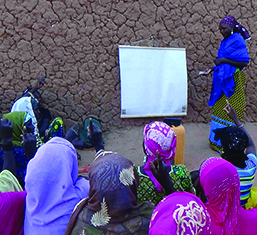







.jpg)
